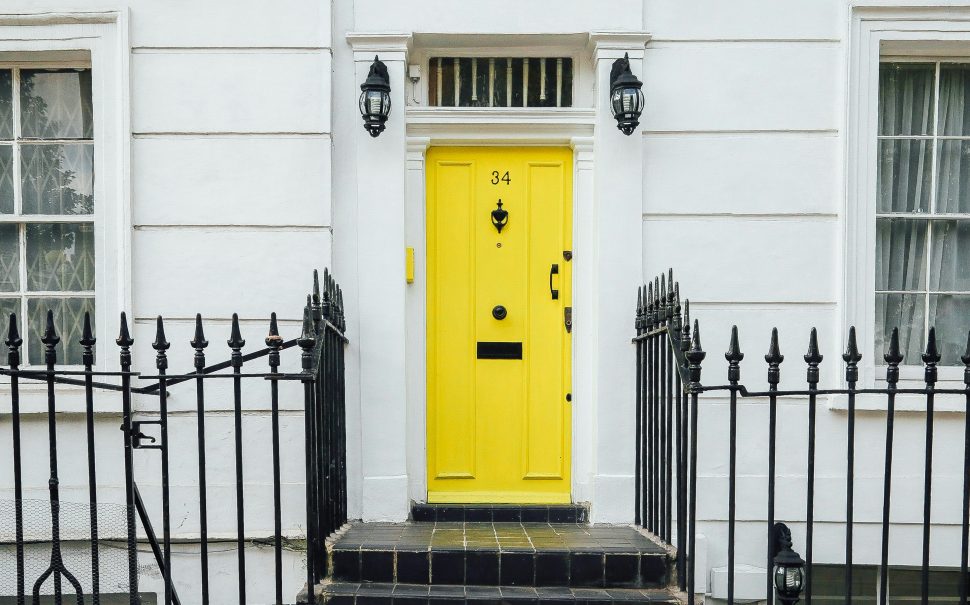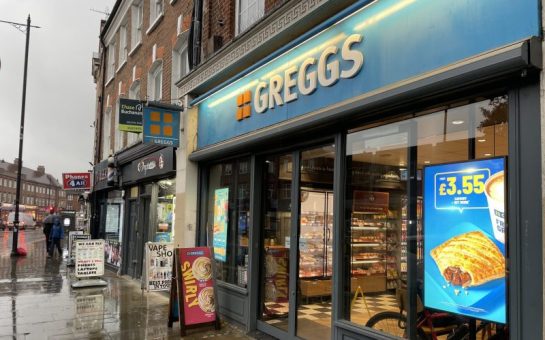London remains one of the UK’s most expensive property markets, but house price growth has slowed sharply compared to other regions.
The average house price in London stood at £519,579 in October 2024, reflecting a modest annual increase of just 0.2%, according to updated data from the Office for National Statistics (ONS) released on 18 December.
In contrast, the UK housing market experienced a 3.4% rise in house prices over the same period, bringing the national average to £292,000.
This represents a slowdown compared to the 4.2% growth recorded in the previous year, highlighting a cooling in what had been a fast-paced market.
Economic uncertainty and rising interest rates are playing a significant role in making homes less affordable, particularly in London, where the ONS reports houses are especially unaffordable.
Regional disparities across London
The property market in London shows significant variation across its boroughs.
Kensington and Chelsea, one of the most expensive areas, has an average property price exceeding £1.6 million, according to Rightmove’s House Price Index from June 2024.
The borough remains popular with international buyers and investors, maintaining its appeal despite high costs.
Westminster, with an average house price of around £1.5 million, has also seen stable growth, driven by its central location and strong demand from high-net-worth individuals.
In contrast, Barking and Dagenham, one of the most affordable boroughs, and has an average house price of about £338,000.
However, growth in this area has been constrained by affordability challenges and a lack of new developments.
Interestingly, some parts of London have experienced price declines.
In the year leading up to November 2024, certain boroughs saw an average drop of 6% in house prices.
This trend suggests that while demand remains strong in high-end areas, less central boroughs are under pressure, resulting in falling property values.
As affordability issues persist, many buyers are shifting their focus to outer boroughs or even areas outside of London where prices are lower.
Remote working has further encouraged this trend, with boroughs such as Croydon, Waltham Forest, and Brent seeing increased demand for family-sized homes that offer more space while maintaining good transport links to the city.
First-time buyers face record challenges in London
Rising interest rates and economic uncertainty are weighing heavily on buyer confidence, particularly for first-time buyers.
According to a Building Societies Association (BSA) report published in April 2024, a typical first-time buyer in London requires a deposit greater than their gross annual income, underscoring the scale of the affordability crisis in the capital.
Londoners now join the property ladder at an average age of 36 years and 8 months, significantly later than buyers in other regions of the UK.
The average first-time buyer in London is not expected to be mortgage-free until they are 63 years and 8 months old, surpassing the current state retirement age of 66 years and 8 months.
With affordability stretched to its limits, many potential buyers are being priced out of the market altogether.
Higher borrowing costs, compounded by already steep property prices, are creating insurmountable barriers for many aspiring homeowners.
The road ahead for London’s property market
London’s property market is at a crossroads, facing significant challenges brought about by shifting buyer demand, economic pressures, and regional disparities.
As the market continues to evolve, policy interventions, innovative housing solutions, and adjustments to economic conditions will be key to addressing the challenges facing both first-time buyers and the wider London housing market.
Picture credit: Free to use from Unsplash





